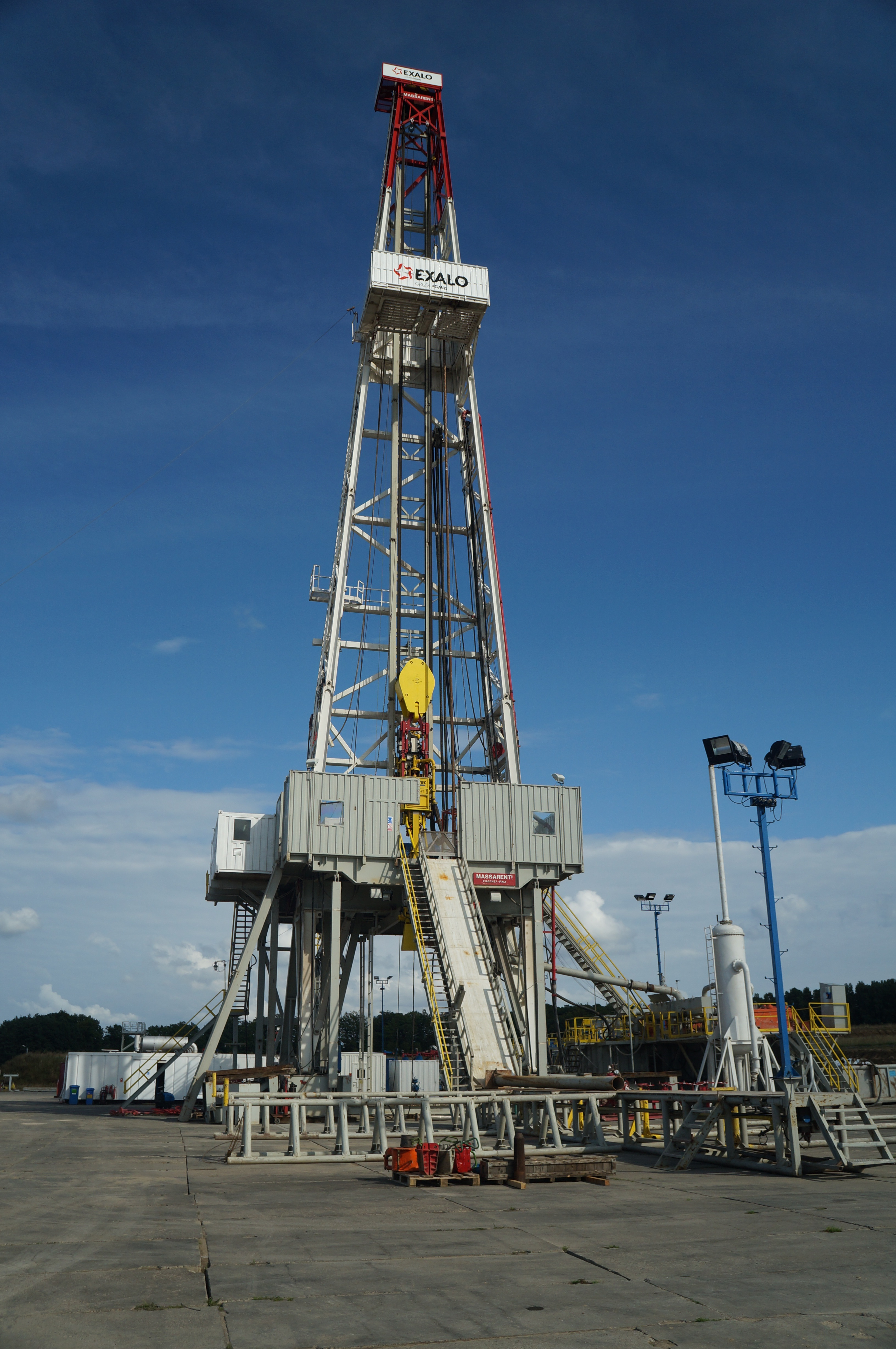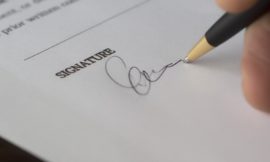In this episode we go behind the scenes within an oil and gas company and discuss how they decide where and when to drill the next well.
Be sure to also subscribe on Apple Podcasts via the link above and please leave us a rating and review. We read every one of them and sincerely appreciate any feedback you have. To ask us a question to be featured on an upcoming episode, please leave a comment below or send an email to feedback@mineralrightspodcast.com.
Access to Capital
All of the work we are going to talk about is predicated on the company having the budget to execute this work. This is the underlying constraint on how much capital is available to drill new wells in a calendar year. Estimates of per well and associated facilities costs are used to determine how many wells can be drilled with the available budget and known time estimates are used to determine how many rigs will be required to execute this plan. These capital budgets are set in the 3rd/4th quarters of the previous year and many times require approval from board of directors.
Operators typically can only re-invest a certain amount of money each year based on the free cash flow generated from operations. Spending additional capital above this is no longer seen as an acceptable long-term strategy.
Picking the Best Rock
The first step in determining where to drill next is for geologists and engineers to evaluate where the most economic locations are within the company’s leasehold acreage.
Some things that go into this for an exploration or relatively new play:
- Seismic Data
- Offset well logs
- Analog Wells (limited data)
- Volumetric calculations / reservoir modeling (theoretical)
It is more straight forward to determine where to go next in a more mature play in development mode:
- Seismic Data
- Offset well logs
- Analog Wells (lots of data)
- Type Curve development (empirical)
The result of analyzing this available data is geoscientists and engineers identify the locations with the best potential for good performing wells and as a result best economics. As oil and gas play matures, this analysis becomes more reliable & accurate.
Next, well “sticks” or (potential locations for horizontal wells) are mapped out for calculating oil and gas reserves and these preliminary well locations are then refined with help from the land, regulatory, and drilling and completions groups.
The wells or drilling spacing units are then ranked based on the economics with the most economic (highest return) wells prioritized first, and so on down the line.
Planning and Scheduling the Work
This information is provided to the development planner to put into a Gantt chart (schedule) to come up with anticipated timing for when new well pads need to be built, when surface facilities need to be installed, when the wells will be drilled, and then when they will be completed or hydraulically frac’d, flowed back, and then hooked up to sales.
This is a large project plan with a lot of dependencies and it must be continually adjusted as new information is available about regulatory constraints, pipeline or infrastructure constraints, land and lease constraints, equipment and manpower availability, etc.
Every group within the organization needs to contribute to this process in order for the plan to work as each group has their own set of steps that are required and timing that is required in order to execute the plan.
Once they land on a feasible development plan, this is used for managing when permits need to be obtained, when they need to have title clearance and all of the oil and gas leases and surface use agreements in place, etc. This sets each group out to work on getting everything ready so that when the rig shows up they will be ready to drill.
Pre-Drill Planning
Once the development plan is set, it allows all of the various groups within the organization to get started with their up-front planning tasks. This can include:
Land & Lease
Usually an operator will already have a large percentage of the oil and gas leases in these areas for more mature plays. If not the geologist and reservoir engineer will work with the landman to identify areas to obtain new oil and gas leases.
In any case, the land department will work with a title attorney to obtain a title opinion around all of the mineral and leasehold interests in the proposed drilling spacing unit. This ensures that they are obtaining oil and gas leases from the right people so that when the drilling rig shows up that they won’t be trespassing.
In parallel with these steps, the land department will also work to secure a Surface Use Agreement (SUA) and oil and gas leases (if they don’t already have them). When picking where to build the wellpad, operators usually start with the ideal location from an engineering standpoint where there is minimal distance to fully develop the minerals within a drilling spacing unit. They will adjust the location if any constraints are identified that would prevent building on that location (surface owner, terrain, wildlife stipulations, surface water, etc.). Typically, a separate surface landman works on obtaining the SUA or if it is a small company then the landman will work on SUA and also obtaining oil & gas leases. The people that property owners usually deal with are a surface landman for the SUA and a mineral landman for the oil and gas lease.
Regulatory & Permitting
In some states, a pooling and/or spacing order must be obtained to get approval for the desired number of wells and to pool the mineral tracts together to allow for horizontal development. When applying for a spacing order, the reservoir engineer will determine the optimal well spacing and prepare this information and the land department will prepare justification for pooling mineral tracts together and document where they have oil and gas leases or where they have tried to obtain a lease but could not (for forced pooling of these mineral owners).
At same time, the regulatory group works to obtain a location permit so that the company can build a wellpad at the desired location. If there are regulatory constraints (wildlife, surface water like pond or stream, setbacks or proximity to occupied structures), then they may have to work with the land department and engineering to select a different surface location for the wellpad.
At the same time the company applies for the location permits, they will also file an Application for Permit to Drill or APD. These drilling permits will outline the drilling plan, wellbore location, identify nearby wellbores of existing wells and how they will mitigate collision with these wells, as well as details around leases, spacing unit and pooling/spacing orders.
For some jurisdictions like Texas where statutory pooling does not exist, there may be provisions for what is called an allocation well or a Production Sharing Agreement (PSA) well. In these situations, the APD will include information on the specific portion of the perforated lateral length that goes through each unit or lease for the determination of how the “pooled” mineral owners will get their proportional share of the royalties.
The regulatory & permitting folks within most companies don’t usually interact with mineral & royalty owners, these are the people whose names are often on the permit to drill.
Designing the Well
There is a lot of engineering that goes into an oil & gas well. From the drilling engineer designing the wellbore to the completions engineer coming up with the optimal well completion procedure.
The drilling engineer will determine where casing must be set, the kickoff point for where the wellbore will go from vertical to turn to build to a horizontal orientation, the build curve radius and other horizontal directional drilling calculations to make sure the bending stresses on the drill pipe and tubulars isn’t too high. make sure the rock properties for the formations that they will be drilling through are taken into account, and to make sure that where the well is horizontal that it will be in the desired zone where oil and gas is located.
The completion engineer will work with the service company to come up with the best completion design for the formation based on previous wells and well performance data to determine how much water and sand will be needed and what types of additives or type of hydraulic fracturing procedure will be used.
Funding the Project
Once the engineering teams have come up with cost estimates for all the materials, equipment, and construction aspects of drilling the new well(s), including connections to gathering pipelines to allow produced oil and gas to be sold, the reservoir engineer will run the economics and work with the finance team to prepare the Authority for Expenditure or AFE. This is the formal document that approves allocating the budget for the drilling of these wells. Management will review the final costs and economics outlined in the AFE and sign off.
Working Interest Partner Approval
The land department will then send these AFE’s to the non-operated working interest partners for their approval. If a non-operated working interest partner does not want to pay their proportional share of the cost of drilling the well, they will be deemed as going “non-consent” on the well and they will not get paid until the operator recoups the original costs plus a penalty as compensation for carrying their interest in the well.
Lining Up the Contractors
Most oil and gas companies don’t own the drilling rig and equipment necessary to complete the wells. Instead, they contract with service companies like Nabors, Slumberger, and Halliburton. When the work is approved, the respective engineering teams work with outside suppliers and contractors to order the necessary materials & services so that they can build facilities and drill the wells. This will involve a procurement or purchasing department and obtaining bids and signing contracts.
Drilling the Well
All of this planning hopefully results in the drilling of a successful well under budget and on-time. Once the well is drilled, most royalty owners want to know, “when will I get paid?!”
We talk more about how long it takes for you to start getting paid royalties after they spud (start drilling) a well in MRP 15: They are Going to Drill on my Land – How Long Before I Start Getting Paid Oil & Gas Royalties? (Hint: It Might Be Faster than You Think!)
Royalty Owner Interactions.
Once the well starts producing, there are a few people within the company that most mineral and royalty owners will interact with. This might include:
- An Owner Relations department that handles questions and paperwork for producing properties. The first interaction is usually their name on the division order you receive. In my experience they are also your contact for questions.
- Mineral and royalty owners might interact with the Finance Department when doing a royalty audit but otherwise won’t usually have to deal with them directly, usually through the division order analyst.
- If a property is not yet in pay status and you are inquiring about ownership operators will often have you start with the Land Department who will review the title work related to your ownership.
Resources Mentioned in This Episode
- MRP 6: How to Negotiate an Oil and Gas Lease
- MRP 15: They are Going to Drill on my Land – How Long Before I Start Getting Paid Oil & Gas Royalties? (Hint: It Might Be Faster than You Think!)
- MRP 23: How to Negotiate a Surface Use Agreement
Thanks for Listening!
To share your thoughts:
- Leave a comment or question below (we read each one and your question may be featured in a future episode)!
- Ask a question or leave us feedback via email.
To help out the show:
Click the Apple Podcasts Logo Above to leave us a rating & review. It really helps us reach those that need to hear this information and only takes a minute. We greatly appreciate it! Plus, you can get a shout out on a future episode!
Thanks again – until next time!




